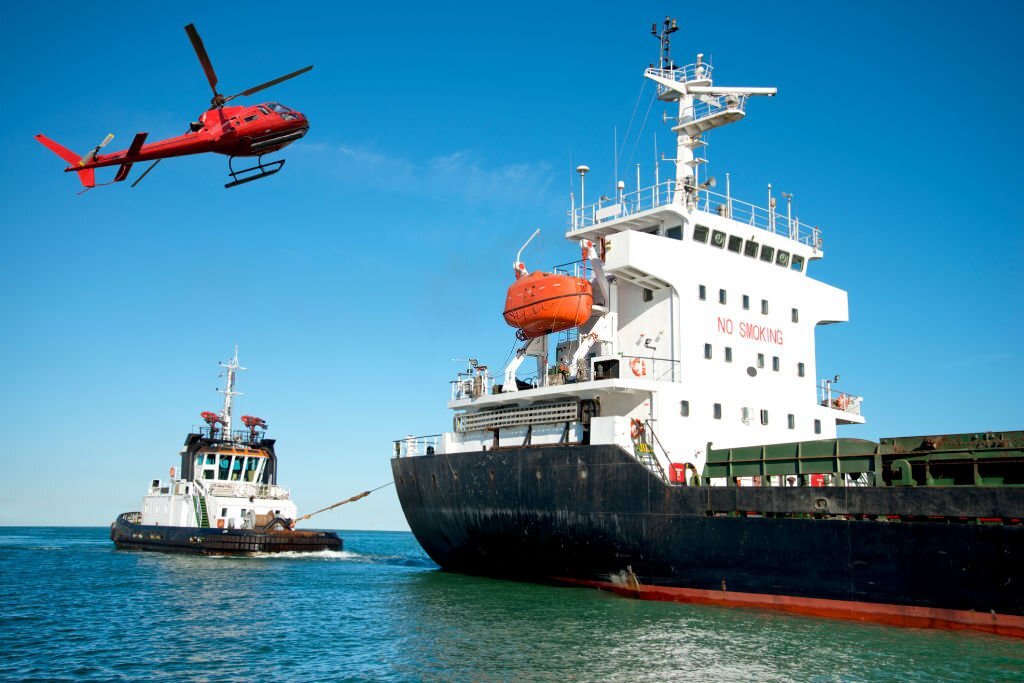
Introduction:
In our digitally interconnected world, the seamless transfer of data across continents and oceans has become an indispensable aspect of our daily lives. Underwater cables, also known as submarine cables, form the backbone of global communication networks, facilitating the rapid exchange of information across borders. These intricate cables require a sophisticated infrastructure for both installation and maintenance beneath the unforgiving depths of the ocean. This article delves into the fascinating realm of underwater cable laying and maintenance, spotlighting the pivotal role that marine equipment plays in ensuring reliable and uninterrupted communication.
The Importance of Underwater Cables:
Underwater cables are responsible for carrying over 95% of the world’s international data traffic, including internet, telephony, and other communication signals. These cables are vital for businesses, governments, and individuals alike, enabling global connectivity and digital interaction. To ensure these cables function optimally, it’s essential to understand the complex processes involved in their installation and upkeep.
Underwater Cable Laying:
The process of laying underwater cables involves several intricate steps, each requiring specialized marine equipment:
- Cable Manufacturing: High-quality submarine cables are manufactured to withstand the harsh ocean environment. The cables are designed with layers of protective materials, insulation, and conductive elements to ensure data transmission integrity.
- Route Survey and Planning: Before installation, extensive underwater surveys are conducted to identify suitable routes that avoid natural obstacles and potential hazards. Modern survey vessels equipped with advanced sonar and mapping technologies play a crucial role in this stage.
- Cable Installation Vessels: Specialized cable-laying ships are equipped with dynamic positioning systems that enable precise placement of cables on the seabed. These vessels are equipped with tensioners, traction winches, and cable carousels to manage cable tension and deployment.
- ROVs (Remotely Operated Vehicles): ROVs are used for precise maneuvering of cables during installation. These remotely controlled vehicles assist in accurate placement, burying cables in the seabed to protect them from external forces.
- Ploughs and Trenchers: In shallower waters, plows and trenchers are employed to bury cables beneath the seabed, shielding them from ship anchors, fishing activities, and natural elements.
Marine Equipment for Cable Maintenance:
Maintenance of underwater cables is equally crucial to ensure uninterrupted communication. Marine equipment and advanced technologies are employed to detect and repair faults:
- Cable Inspection ROVs: Equipped with high-resolution cameras, sonar systems, and sensors, these ROVs inspect cables for signs of damage, wear, or vulnerability. They play a pivotal role in identifying potential issues before they escalate.
- Fault Localization Tools: When a fault is detected, fault localization tools help pinpoint the exact location of the issue. This minimizes the need for extensive cable retrieval, reducing downtime and repair costs.
- Cable Repair Ships: Specially designed vessels equipped with specialized equipment, such as remotely operated tools and submersibles, are dispatched to repair cable faults. These ships are equipped to handle various repair scenarios, from minor fixes to more complex operations.
- Jointing and Splicing Equipment: In cases where cable sections need replacement, jointing, and splicing equipment ensure seamless integration of new cable segments with the existing infrastructure.
- Underwater Habitat Systems: For complex repairs requiring extended time underwater, underwater habitat systems provide a controlled environment for technicians to work safely and effectively at significant depths.
Innovations Driving the Industry:
The field of underwater cable laying and maintenance continues to evolve with innovative technologies:
- Autonomous Underwater Vehicles (AUVs): AUVs equipped with advanced sensors and navigation systems are increasingly used for cable route surveys and inspections, reducing the need for human intervention.
- Fiber Optic Sensing: Fiber optic cables themselves can serve as sensors, providing real-time data on temperature, pressure, and strain along the cable’s length. This enables proactive maintenance and rapid response to potential issues.
- 3D Printing for Repair: Research is underway to develop 3D printing techniques that could be used for on-site repairs, reducing the need for extensive cable retrieval and replacement.
Conclusion:
The complex world of underwater cable laying and maintenance is heavily reliant on cutting-edge marine equipment and technologies. As our reliance on global connectivity continues to grow, the demand for seamless underwater cable infrastructure will only increase. From the initial installation to ongoing maintenance, the interplay of advanced tools and skilled professionals ensures that these critical communication lifelines remain robust and resilient beneath the vast oceans.

